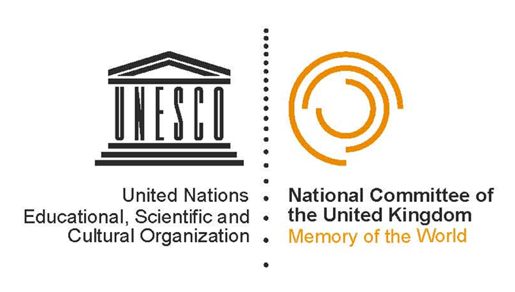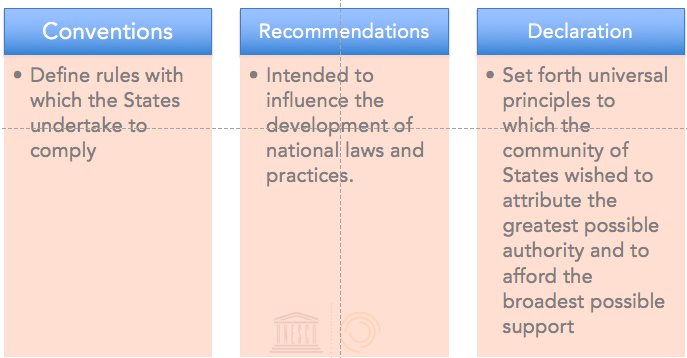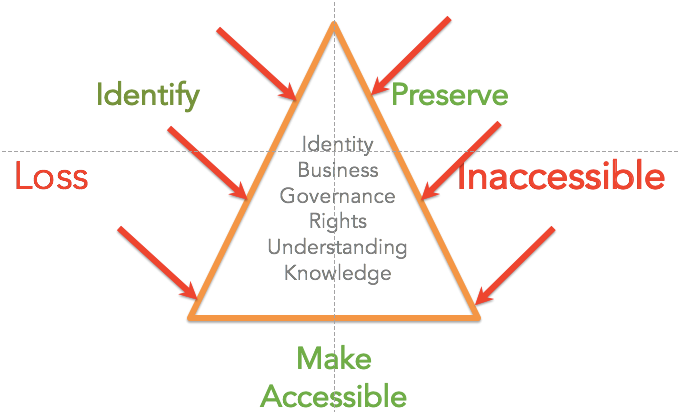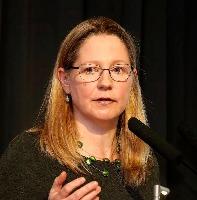Elizabeth Oxborrow-Cowan is the Chair of the UNESCO Memory of the World Programme UK
 As any government minister will tell you from bitter experience, it is very hard to effect change and get things done. It requires a balance of different factors to come together to overcome obstacles, convince people of the need for change and encourage them to act to enable that change. Digital preservation is no different. As Kenney and McGovern neatly described in their ‘three-legged stool’ model, effective digital preservation requires three components – the provision of technology, resources and organisation. Organisation is important because it is about providing the managerial cultural and policy environment within which digital preservation is accepted as necessary and the working norm. UNESCO’s 2015 Recommendation on Documentary Heritage is one step in that process of normalisation.
As any government minister will tell you from bitter experience, it is very hard to effect change and get things done. It requires a balance of different factors to come together to overcome obstacles, convince people of the need for change and encourage them to act to enable that change. Digital preservation is no different. As Kenney and McGovern neatly described in their ‘three-legged stool’ model, effective digital preservation requires three components – the provision of technology, resources and organisation. Organisation is important because it is about providing the managerial cultural and policy environment within which digital preservation is accepted as necessary and the working norm. UNESCO’s 2015 Recommendation on Documentary Heritage is one step in that process of normalisation.
UNESCO’s Memory of the World Programme (MoW) was established in 2003. It’s Vision is that the world’s documentary heritage:
- Belongs to all
- Should be fully preserved and protected for all
- Should be permanently accessible to all
Its purpose is to facilitate for documentary heritage
- Preservation
- Universal access
- Increase awareness worldwide of its existence and importance
The programme has several strands such as its Registers, which recognise collections of outstanding significance (e.g. the International Register) and the PERSIST programme on digital preservation.
The Memory of the World Programme was also the driver for the Recommendation. A UNESCO Recommendation is one of three tools that UNESCO can create to encourage member states to particular course of action as described in the next diagram:

So a Recommendation is not binding on member states, unlike a Convention, but rather an encouragement to action.
The Recommendation on Documentary Heritage has the premise that ‘documents produced and preserved over time, in all their analogue and digital forms through time and space, constitute the primary means of knowledge creation and expression, having an impact on all areas of humanity’s civilization and its further progress’. The Recommendation lays out the issues facing all documentary heritage which can be described thus:

Documentary heritage is fundamental to whole series of issues such as governance and the creation of knowledge but it is subject to agents that can effect loss or inaccessibility. Thus the heritage must be actively identified, preserved and made accessible to overcome this danger.
So far so good but no big surprises for any documentary heritage professional. Why does this matter to us? Well it matters a lot for several reasons.
Firstly, the digital record is assumed to be an inherent element in the firmament of documentary heritage. The Recommendation explicitly notes in its Preamble that it covers both analogue and digital records in all their forms and recognises the impact of technological change and its speed. For the Recommendation digital is an inherent component in all aspects of documentary heritage.
Secondly, through issuing the Recommendation UNESCO (and thus the United Nations) is throwing its weight behind digital preservation. It is no longer the preserve of the specialist, it is the concern of the world’s most important international body. Thus digital preservation has made it to the top table and cannot be ignored. It now has the introduction into being part of the international dialogue at senior levels.
Thirdly, member states cannot ignore the Recommendation. The Recommendation is coming up for its three-year anniversary and thus Member states are required to report on their individual progress to its implementation in their own country (the UK has developed its own response). States are being held accountable for how they are caring for their documentary heritage in all its forms. Simply the process of drawing together the response and the knowledge that this response is going to be scrutinised by UNESCO and compared against other member states pushes documentary heritage up the government agenda. Creating a response requires the groundwork by specialists and then approval and signing off by senior levels in the government machinery.
Finally, the Recommendation provides a really well laid out, simple, brief guide to the fundamentals of caring for documentary heritage. It was written by documentary heritage experts rather than generalist policy drafters so is underpinned by experience and knowledge. Consequently I would recommend that for anyone having to lay out what managing documentary heritage requires to decision-makers at any level the Recommendation provides a really good start from which to create a simple guide to the work required and its impact.
The UK Government has readily accepted the Recommendation. The UK National Commission for UNESCO published a policy brief developed by experts, led by MoW UK, which laid out a response to the brief and identified some of the issues that the UK faced in its implementation. As noted above, the UK is also currently providing its response to the first three-year review.
So I would encourage you to look at the Recommendation. Consider how you can use both its content and the fact that it is a UNESCO instrument to guide your advocacy work and persuade others of the centrality of digital heritage. Use it alongside other evidence and tools to create a compelling argument and in so doing ensure that leg of your stool is strong and firmly in place.
